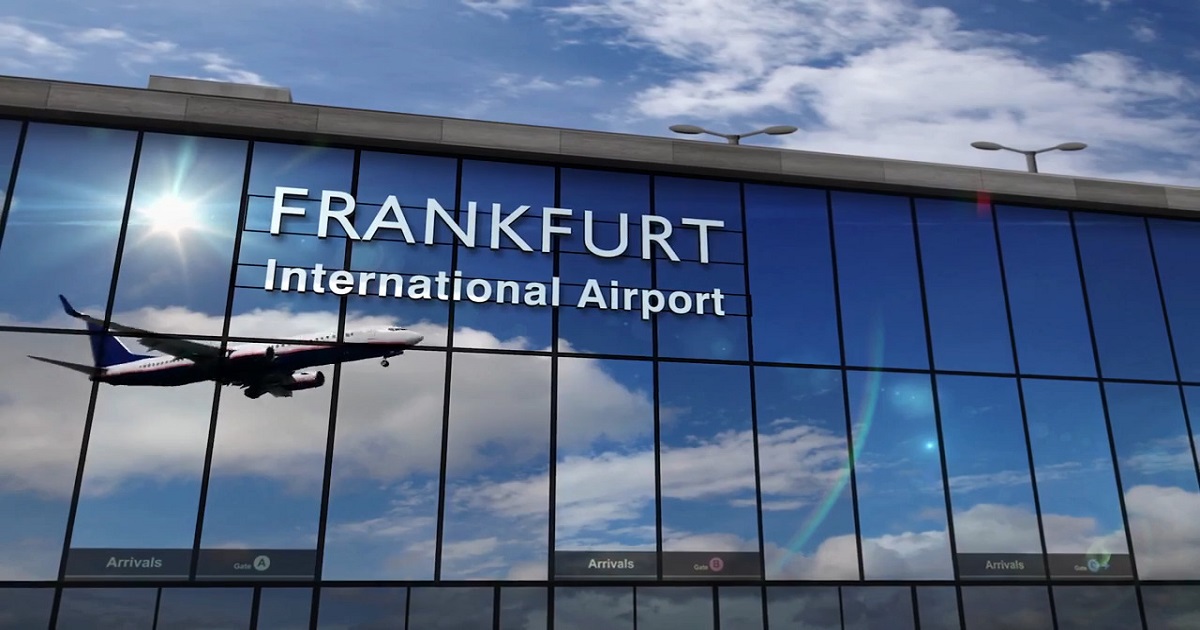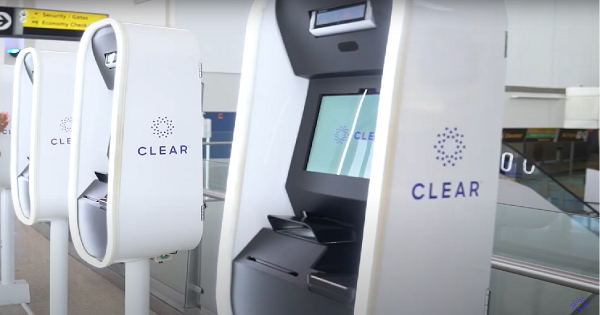Frankfurt is the first European airport to offer biometrics from check-in to boarding for all airlines.
Passengers with all airlines can register their biometrics and allow them to be used at all touchpoints from check-in to boarding.
It means that the passenger’s face is their ID. That is checked at each touchpoint instead of a physical passport or boarding pass.
Passengers who have opted to use the service can be identified quickly and accurately, even on the move.
More than 12,000 passengers have already used the system at check-in, boarding pass control, and boarding gates.
How it works
To use the system, passengers register– give their facial biometrics, passport details etc – at a kiosk or through the Star Alliance biometric app.
Once registered, passengers pass through the facial recognition-equipped checkpoints without showing any physical documents.
At each touchpoint – from enrolment at a kiosk or desk, to pre-security automated gates and self-boarding gates – a high-definition camera scans the passenger’s face and compares what it finds with the details stored in the airport system.
To use the system, passengers enrol – give their facial biometrics, passport details etc – at a kiosk or via an app. From then on, a high-definition camera scans their face and checks it against the enrolled details whenever they need to identify themselves.
Benefits
Passengers don’t have to take their passport or boarding pass out of their pockets once or twice at an airport. Is that a big benefit? For some/many passengers post-COVID it is.
The real benefits are for the airlines, airports and governments.
- Airlines and airports – cut costs by using more automation and less staff
- Airlines and airports – have more revenue opportunities
- Government – enhanced security and facilitation due to more accurate information and much more pre-screening of passengers
IATA One ID
The new biometric system complies with IATA’s One ID program.
One ID means the passenger gives all their details – including biometrics – in advance of travel.
IATA is the industry body that represents over 300 airlines. It doesn’t include profitable ones like Ryanair, easyJet and Wizz.
Lst week IATA with industry partners successfully tested what they call the first fully integrated digital identity travel experience, from shopping for flights to arrival at the destination airport, on a journey from London Heathrow (LHR) to Rome Fiumicino (FCO) with British Airways.
The first stated benefit of that trial of IATA One ID is Personalized Offers … ‘This will be seen from the shopping experience where travelers will be able to receive personalized offers through all shopping channels.’
I flew several times in October with British Airways and couldn’t even get a cup of tea.
Supplier
The system is a collaboration between Swiss-based SITA and Japanese company NEC.
The whole system comes under the umbrella of the SITA Smart Path platform, where a passenger’s face is their ID and boarding pass.
The system includes the NEC I:Delight digital identity management platform, which is fully integrated with SITA Smart Path. NEC are the biometrics experts.
More on SITA, NEC and biometrics
SITA and Frankfurt have been working together for decades and Frankfurt is perhaps seen as SITA’s top airport. SITA has a lot of self-service kiosks at Frankfurt Airport.







